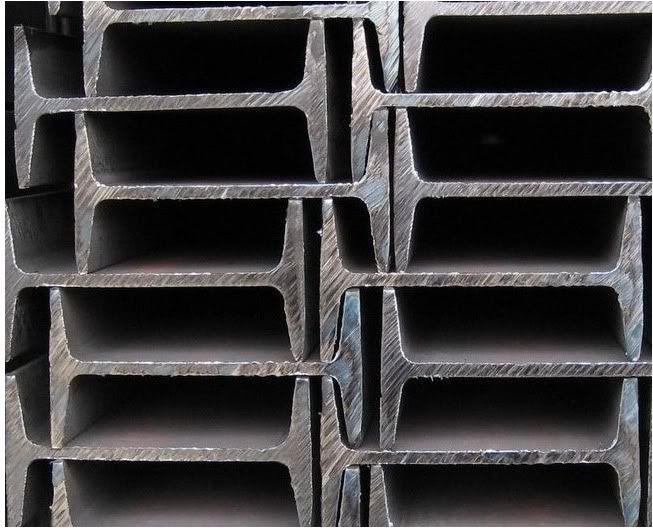Well, you can get channel down to...pretty small, I have definitely seen 2" (distance across the external widest dimension...the surface that would naturally be oriented down when pouring) and there's no reason to believe you couldn't find something smaller (that isn't showing up in the catalogs I am looking at) wandering around a metals scrapyard. Two feet of the stuff and you'd have enough to make a few prototypes and a final version or two. IMO a 2" "web" would, by the time you reduce that by about 1/2" net (taking into consideration the wall thickness and the fillet curvature on the inside, the cavity) would produce about a 1.5"-1.7" bar width. That seems about the size of the 10 oz bars I have. I think I would prefer the I-beam, because of the stiffness, has a built-in base, slightly easier weld, and better heatsinking for bar cooling. Find this as a piece of scrap at an ironworks and your cost would be miniscule.
I'd be wary of clay. There is a YouTube of a guy who casts silver in clay, but any moisture and the thing will explode. The guy in the video seems like he has been doing it for quite a number of years (hint, hint) Plus you have to remake your clay mold periodically, maybe for each pour, and for that, you need something of another mold if you want your bars to be uniform. I also believe you'd be in for more cleaning of the finished bars and be more subject to inclusions but I don't know that for a fact.
And by the way, there are a zillion types of "clay" and without a knowledgeable analysis, you have almost no way of knowing what's inside any particular sample of clay. IMO you would have to buy some product sold as and known as "molding clay", and you'd possibly have to buy a 50# bag. You would have to carefully dry out your mold, not just set it out in the sunshine. Talking some number of hours in an oven and maybe even hotter. The bad news is, if it blows up, it will blow up....when? When you are there with your ladle of hot metal, standing over it, yes, with your safety gear on but your charge gets splattered all over the place. I am absolutely sure there are reliable techniques to create clay molds, but personally, I just wouldn't go in that direction for the reasons I cited. I like steel. It is stupid cheap, essentially indestructible. Weld it with the same torch you already have. Done, finished.







